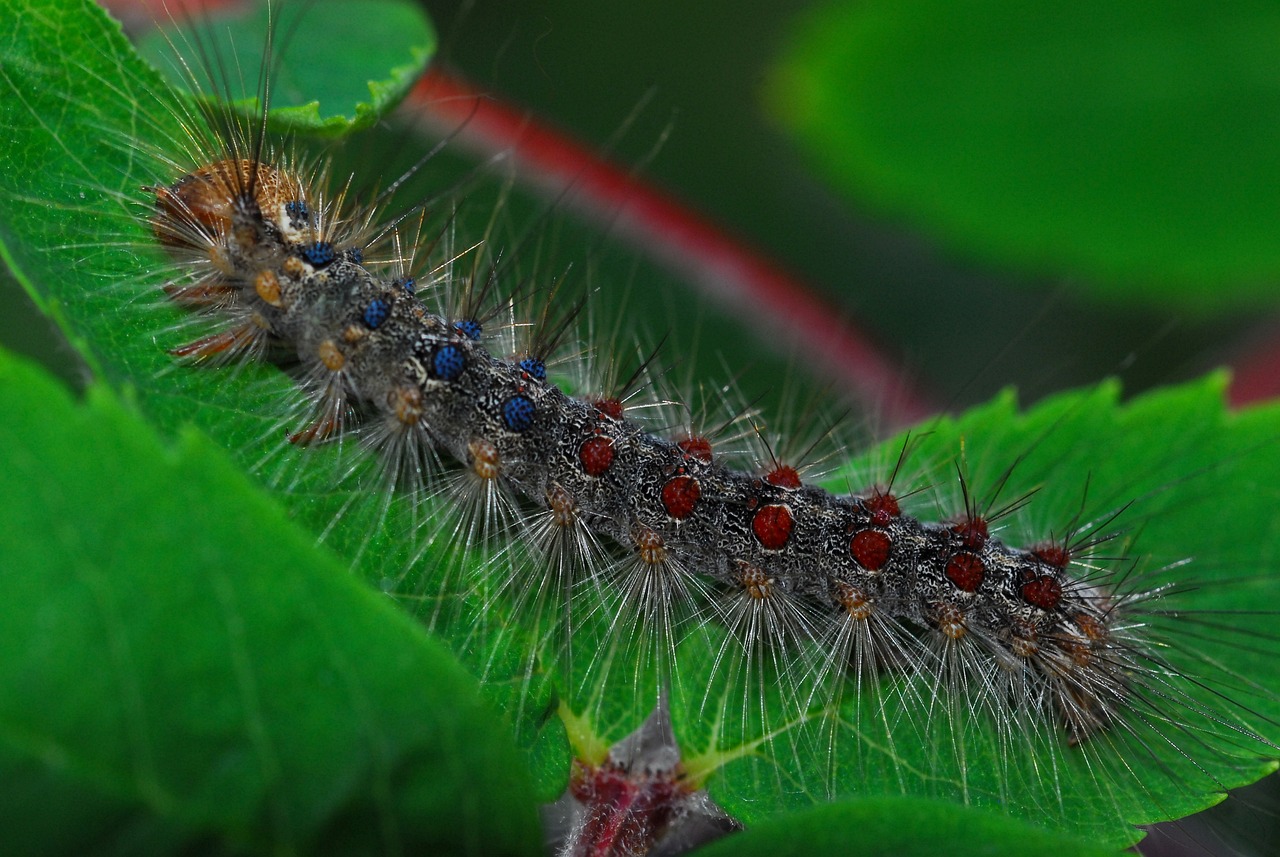HARRISBURG– The Department of Conservation and Natural Resources is urging forest managers and woodlot owners who are seeking to treat for spongy moth (lymantria dispar dispar) caterpillars this spring to begin planning treatment operations now.
With approximately 70 percent of all forest lands in the Commonwealth privately owned, their participation is essential in helping to protect trees and forests from spongy moth caterpillar feeding.
Spongy moth populations have been observed at outbreak levels the past three years and foresters are encouraging those who own or manage private forests to book aerial spraying while there is still availability.
Spongy moth egg mass surveys are the most effective way to determine the need for treatment.
“Private forest landowners play a critical role in assuring the overall health of forests in Pennsylvania,” State Forester Seth Cassell said. “By opting to treat for spongy moth caterpillars, where necessary, forest stewards across the state can help in the fight against these harmful insects.”
DCNR offers a list of aerial applicators (PDF) on its website, as well as a guide for conducting spongy moth suppression on private lands (PDF), and service foresters in each county (PDF) to advise on spongy moth suppression efforts.
Maximum treatment effectiveness is achieved by targeting caterpillars at a specific developmental stage, a period known as the treatment window, which generally occurs in May.
The finite number of available applicators coupled with a relatively short period of treatment effectiveness makes early planning crucial to securing treatment services in the spring.
Product formulations, Bacillus thuringiensis kurstaki (Btk) and Mimic, used on state lands are effective and safe.
DCNR conducted major spongy moth suppression treatments last year, treating more than 290,000 acres of state forest and state park lands.
The Pennsylvania Game Commission joined DCNR in the effort to control spongy moths by treating over 100,000 acres of state game lands in 2023.
DCNR has planned another large suppression treatment program for 2024 at roughly 228,000 acres.
For more information, please see the spongy moth page on DCNR’s website.

























